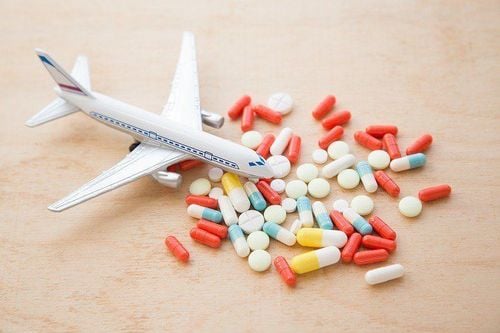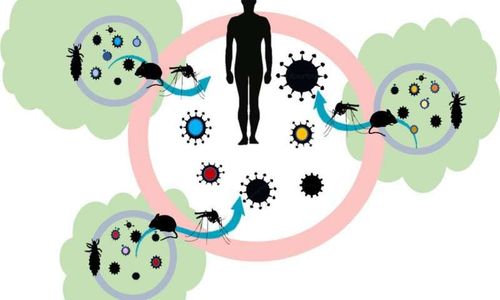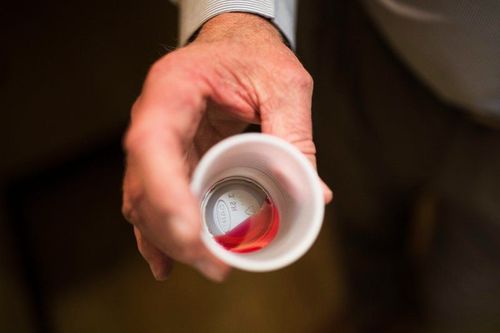This is an automatically translated article.
Cholera is an acute gastrointestinal infection caused by cholera bacteria. Patients typically present with abdominal pain, vomiting, and massive diarrhea, resulting in severe dehydration and exhaustion. Cholera bacteria, also known as cholera bacteria, scientifically known as Vibrio Cholerae bacteria, are pathogens that directly exist in the feces of humans and animals, spread by the gastrointestinal tract. World history has recorded 7 cholera pandemics that occurred on many continents and claimed the lives of millions of people.1. Overview of cholera bacteria
The scientific name of the bacterium is Vibrio Cholerae. Cholera bacteria have a long rod-like shape, a slightly curved head that looks like a comma, so it is also called a cholera comma. They have a sheath with feathers on one end for movement. Vibrio cholerae bacteria are divided into several different types depending on their antigens, including:Vibrio cholerae O1: this is a group of cholera bacteria capable of producing intestinal toxins and causing cholera . Vibrio cholerae O139: they cause cholera by using enterotoxins and TCP toxin regulatory antigens. Vibrio cholerae neither O1 nor O139: are serogroups O2 to O138. These bacteria are not capable of causing cholera, although they can still cause acute enteritis. Cholera is a Gram-negative, aerobic and non-spore forming bacterium. Ideal culture media are those that are normally alkaline pH such as TCBS agar with pH 8.6, TTGA with pH 8.5. Cholera bacteria can be found in human feces, animal feces and the surrounding environment. Living in water, cholera bacteria can survive for several days. They are destroyed by high heat, sunlight and common cleaning agents such as chloramin B, lime, cresyl.
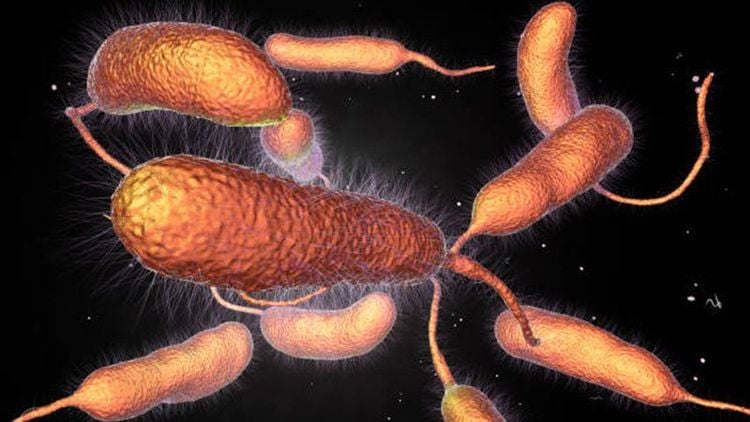
Vi khuẩn tả có tên khoa học là Vibrio Cholerae
2. Pathogenic mechanism of cholera bacteria
Cholera bacteria cause disease in humans by entering through the digestive system. Cholera bacteria are present in feces or the surrounding environment, ponds and lakes appear in contaminated food and are digested in humans. The acidic digestive juices of the stomach are the body's first line of defense against cholera bacteria. If they pass through the stomach, cholera bacteria will enter the small intestine, where the alkaline pH environment is favorable for their proliferation and development. Thanks to the adhesion antigens, cholera bacteria live a long time in the small intestine and produce many toxins to cause disease. When attached to intestinal epithelial cells, cholera bacteria change the membrane properties, leading to disturbances in the balance of water and electrolytes in the intestinal lumen, resulting in acute diarrhea. This is also the mechanism that causes the death of people with cholera if left untreated, dehydration and electrolyte disturbances will exhaust the patient and cause many complications to other organs in the body. such as cardiovascular and neurological. It is worth noting that cholera bacteria and its toxins do not damage the surface of epithelial cells, although they still cause abdominal pain and diarrhea in patients. Therefore, the method of oral rehydration in the context of acute dehydration such as cholera is completely reasonable. Oresol rehydration and electrolyte solutions are the common clinical choice. The amount of glucose and mineral salt ions arranged in a suitable ratio has the effect of increasing the reabsorption of sodium ions back into the intestinal tract, re-establishing electrolyte balance.Cholera bacteria after entering the human body have the ability to cause cholera. This is an acute infection in the gastrointestinal tract, with the ability to spread strongly through the digestive tract to form cholera. People infected with bacteria will show clinical symptoms after about 2 to 5 days. The typical sign of a case of cholera is acute diarrhea with large, watery white rice-washed stools with abdominal pain and profuse vomiting. The patient fell into a state of dehydration and electrolyte disturbance quickly, the whole body was severely exhausted. The mortality rate of cholera is very high if not treated promptly, over 50%.
3. Diagnostic test for pathogenic cholera bacteria
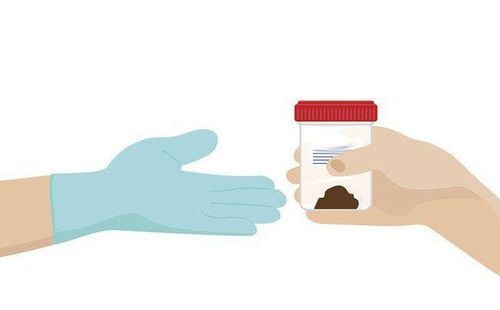
Vi khuẩn tả được phát hiện trong chất thải của bệnh nhân
Please dial HOTLINE for more information or register for an appointment HERE. Download MyVinmec app to make appointments faster and to manage your bookings easily.






